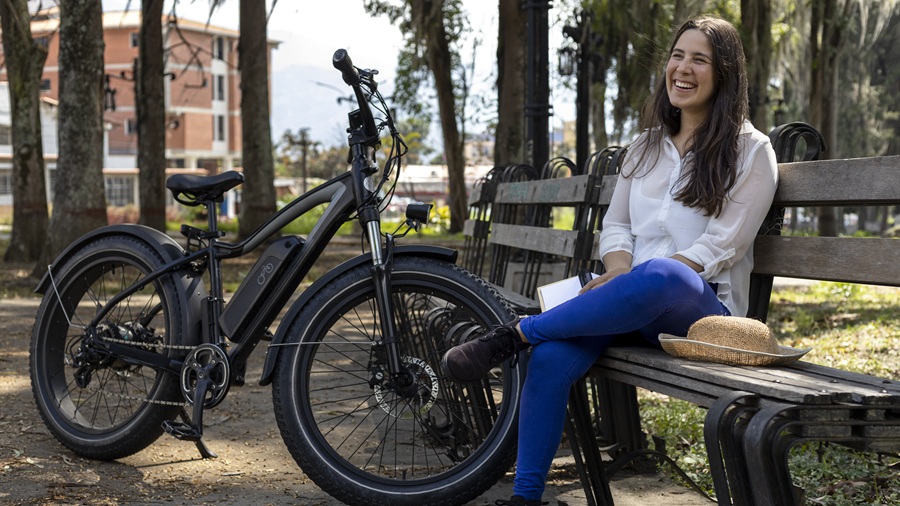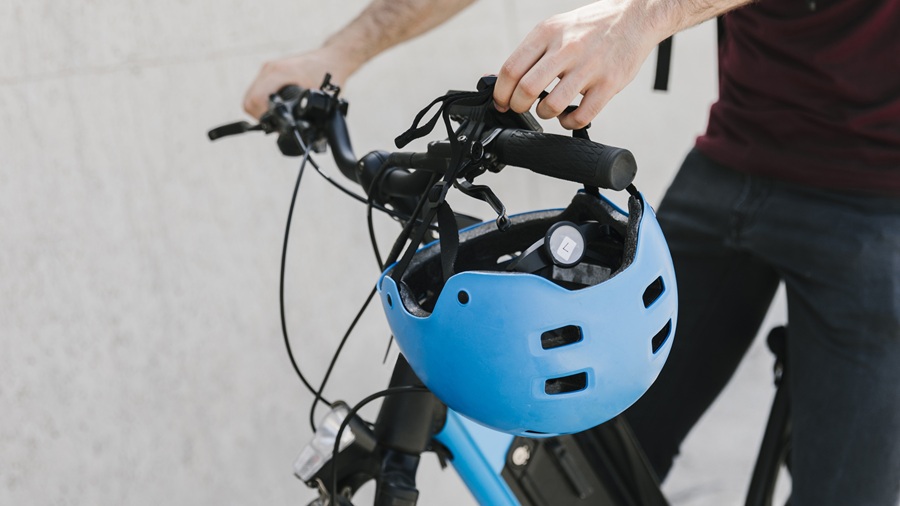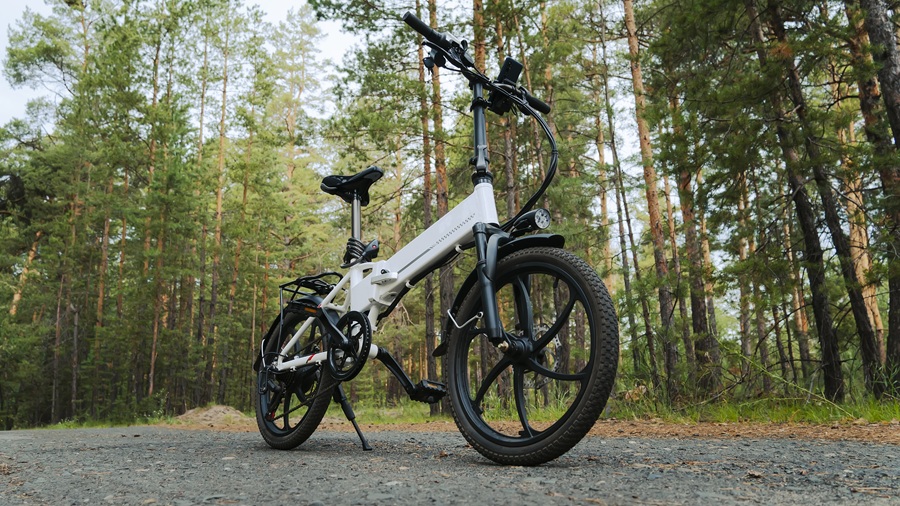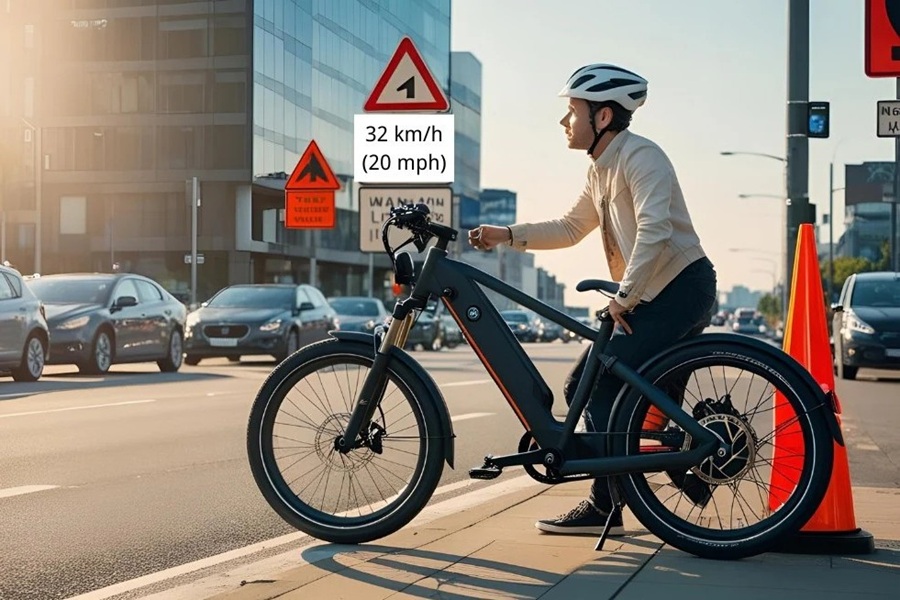E-bikes vs traditional bikes: What’s better for daily commutes?
For many, especially in urban environments, E-bikes strike the perfect balance between convenience, sustainability and comfort
IF YOU’RE THINKING about ditching your car or public transport for a greener, healthier way to commute, you’re probably weighing two main options: the traditional bicycle or the electric bike (E-bike). Both are eco-friendly, cost-effective, and great for your health—but when it comes to daily commutes, which one really fits the bill?
This article compares E-bikes vs traditional bikes across key categories to help you decide which is better for your routine, goals, and lifestyle.
Speed and Efficiency
Let’s face it—time is precious, especially in the morning. This is where E-bikes have a clear edge.
E-Bikes
With pedal assist or full-throttle features, E-bikes can travel at speeds of up to 20–28 mph (32–45 km/h), depending on the model. This means you’ll arrive at your destination faster, and with less sweat—literally.
Traditional Bikes
A conventional bicycle relies purely on your pedal power. While experienced riders can maintain a decent speed, commuting long distances or dealing with uphill routes can be time-consuming and physically demanding.
Winner: E-Bikes – More efficient and less exhausting, especially for longer or uphill commutes.

Physical Effort and Fitness
Commuting by bike is also a chance to stay active—but how much of a workout are you looking for?
Traditional Bikes
They offer a full-body workout every time you ride. If fitness is one of your main goals, the traditional bike provides consistent physical activity, helping improve cardiovascular health and muscle endurance.
E-Bikes
E-bikes still require pedaling, especially in pedal-assist mode. You can control how much effort you want to put in—more on flat roads, less on hills. It’s a great middle ground for people who want light daily exercise without arriving drenched in sweat.
Winner: Tie – Traditional bikes for full workouts, E-bikes for flexible, moderate exercise.
Cost and Maintenance
Your wallet matters, too. While both options are more economical than a car, the total cost of ownership differs.
Traditional Bikes
- Upfront Cost: Typically $300–$1,000 for a quality commuter bike.
- Maintenance: Relatively low. Occasional tune-ups, chain replacements, and tire repairs.
- No Battery or Electronics: Less complexity means fewer things can break.
E-Bikes
- Upfront Cost: $1,000–$3,000 or more, depending on the brand and features.
- Maintenance: In addition to regular bike parts, E-bikes have batteries, motors, and electronic components that may need servicing.
- Battery Replacement: Usually after 2–5 years, which can cost a few hundred dollars.
Winner: Traditional Bikes – Lower initial and long-term costs.
Range and Commute Distance
How far you need to travel each day can heavily influence your decision.
E-Bikes
Most commuter E-bikes have a range of 30–50 miles per charge, with some premium models offering even more. This makes them ideal for longer commutes without the need for daily recharging.
Traditional Bikes
You can ride as far as your legs allow, but longer commutes can be tiring and may not be practical if you have to arrive looking fresh and ready to work.
Winner: E-Bikes – Better suited for medium-to-long commutes.

Traffic and Terrain
City riders know: hills, headwinds, and traffic lights are daily hurdles.
E-Bikes
The motor helps conquer hills effortlessly and cuts through headwinds. Many models have quick acceleration, which is useful at stoplights or when merging into traffic.
Traditional Bikes
More physical effort is needed to overcome these challenges. Riding uphill or into a strong wind can be draining, especially after a long workday.
Winner: E-Bikes – Offer better adaptability to urban environments.
Parking, Portability, and Storage
Living in a city often means limited space. Let’s see how the two options compare.
Traditional Bikes
They’re generally lighter and easier to carry upstairs or store in small apartments. Folding models add even more convenience.
E-Bikes
Due to batteries and motors, E-bikes are heavier—often weighing 45–70 lbs (20–32 kg). Some folding E-bikes exist, but they’re still bulkier than their analog counterparts.
Winner: Traditional Bikes – easier to handle and store.
Environmental Impact
Both options are far greener than driving—but there’s a slight difference.
Traditional Bikes
100% human-powered = zero emissions. The most eco-friendly transport option.
E-Bikes
Still far better than gas-powered vehicles, but they rely on electricity (typically charged from the grid) and involve battery production, which has an environmental cost.
Winner: Traditional Bikes – Minimal carbon footprint.
Accessibility and Inclusivity
Not everyone is a seasoned cyclist, and for many people, biking is a means of freedom, not fitness.
E-Bikes
Open up commuting to a wider range of people—those with joint issues, older adults, or people with varying fitness levels. They reduce barriers and encourage more people to ride.
Traditional Bikes
Require a higher level of physical capability. Might discourage some from riding consistently.
Winner: E-Bikes – more inclusive and user-friendly.

Commuter Experience and Enjoyment
At the end of the day, you want a commute you can actually enjoy.
E-Bikes
Less sweat, faster travel, and more flexibility mean you’re likely to arrive in a better mood, even on rainy days or busy mornings.
Traditional Bikes
Offer a more “pure” cycling experience and can be meditative—but are more demanding on the body and schedule.
Winner: E-Bikes – Greater comfort and convenience = happier commutes.
Conclusion
It all depends on your priorities.
- If you’re on a budget, love cycling as a form of fitness, and your commute is short and flat, a traditional bike may be perfect.
- If you want to save time, arrive fresh, tackle hills, and commute longer distances, an E-bike is a game-changer.
For many, especially in urban environments, E-bikes strike the perfect balance between convenience, sustainability, and comfort.
If you’re looking for a reliable ebike in Canada, Gotrax offers a smart lineup of commuter E-bikes that combine sleek design, dependable performance, and excellent value. Whether you’re new to electric riding or upgrading your current bike, Gotrax is a great starting point.

